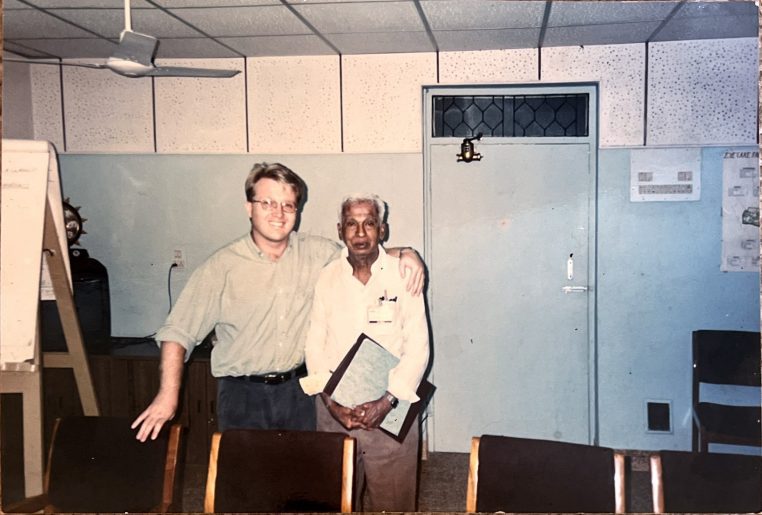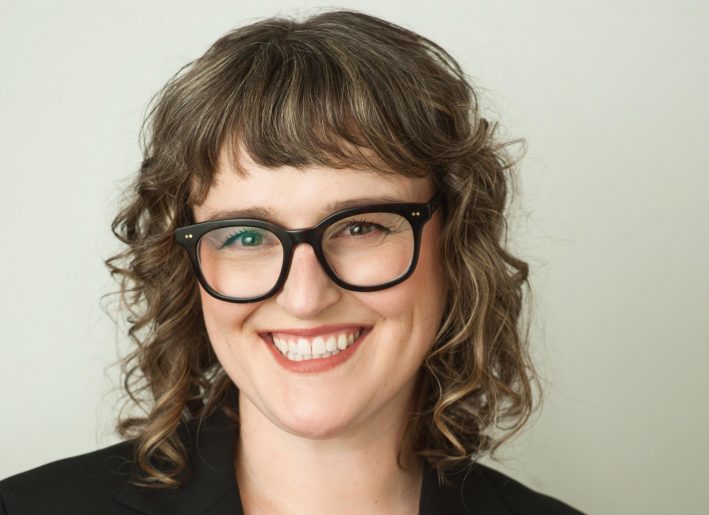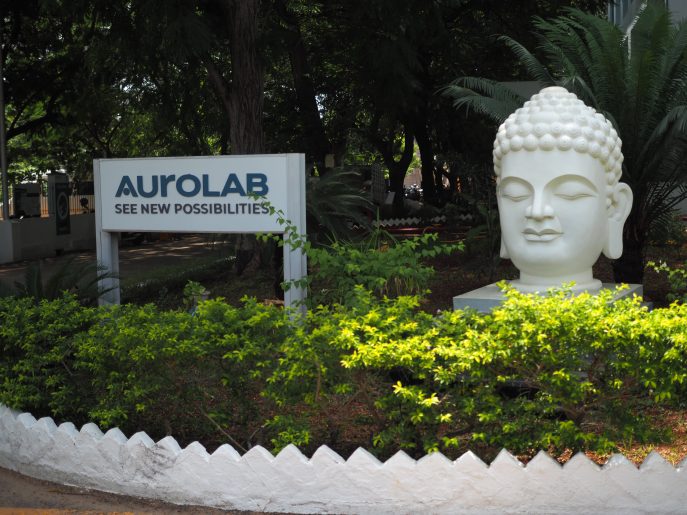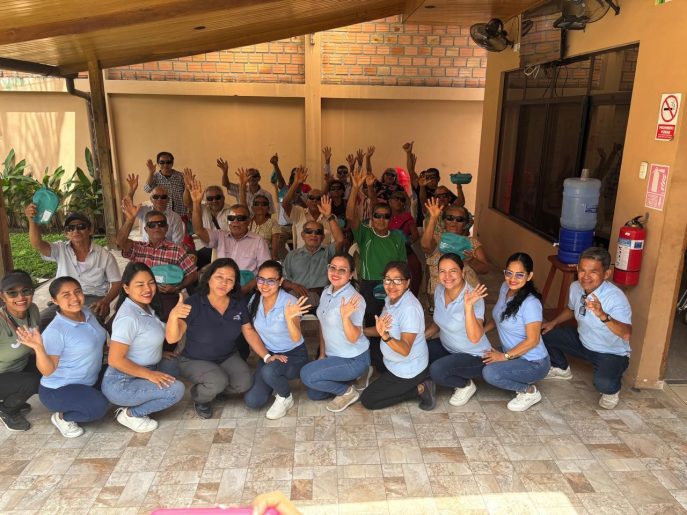Building Human Capital through Eye Care
Of the 36 million people in the world living with blindness, 29 million could see again if they had access to care. While attention to date has focused on how curing treatable blindness alleviates human suffering, we also recognize that restoring sight builds ‘human capital’.
Human capital – defined as the potential of individuals – is among a country’s greatest assets and contributes to a country’s prosperity in a rapidly changing global economy. Blindness weakens human capital in developing countries by preventing children from getting an education and by keeping adults out of the workforce.
In October, the World Bank will launch the Human Capital Index. The Index will highlight the necessity of sustainable long-term investment in human capital from countries of all income levels for the purpose of economic development.
At Seva Canada, we have invested in human capital through our strategic eye care initiatives and program design since 1982.
- We create sustainable eye care programs that are built and managed by international partners
Seva trains local people in everything from clinical skills to program management. We help our partners develop programs that are high-quality, self-sufficient and achieve long-term change. Through this approach, trainees become trainers and hospitals become teaching institutions. Our ultimate goal is for each program to become financially self-sufficient and no longer rely on foreign support.
- We use gender-integrated health interventions to reach women and girls
All Seva-supported projects work towards achieving gender equity by focusing on overcoming the cultural and economic barriers women and girls face in accessing eye care. Research has demonstrated that the health of women and girls is foundational to overall public health. Seva and our partners know that when women are able to lead healthy, productive lives, entire communities have a chance at a better future.
- We create opportunity to help break the cycle of poverty
In low-income countries, blindness makes a life of independence impossible. This hardship and lost productivity impacts not just individuals, but whole families and entire communities. According to the World Bank, restoring someone’s sight is one of the most cost-effective health interventions. When people can see, they are able to take better care of their health, provide for their families and contribute to their communities.
We look forward to the release of the World Bank Group’s Human Capital Index in hopes that it brings global attention to the need for investment in health and healthcare systems, as a means of helping individuals, communities, and entire countries lift themselves out of poverty.



